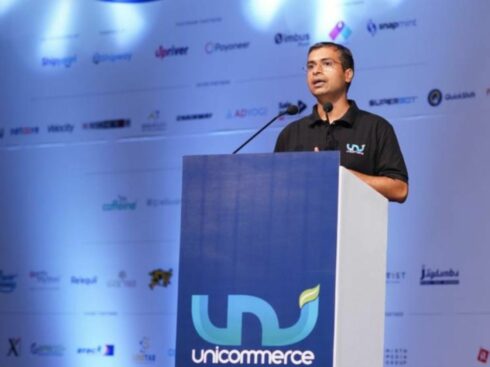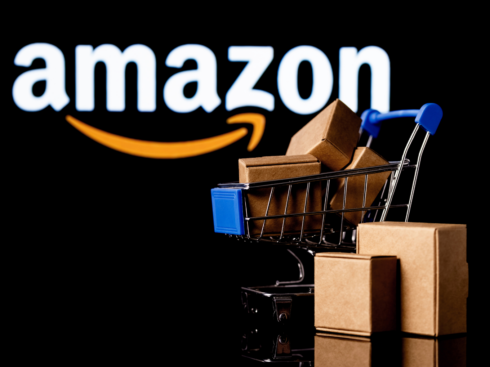SUMMARY
With OTT platforms coming under the I&B ministry after recent notifications for digital media, will the sector’s growth in recent months be cancelled out?
Investors believe streaming platforms have been known for creating relevant content quickly, but any form of regulation might impact content production and create red tape for OTT players
While regulations have not yet been announced, the new rules are likely to supersede the self-regulation guidelines signed by Amazon Prime, Netflix, Disney+ Hotstar, Zee5 and others
“OTT comes under I&B Ministry for regulations. Time to unsubscribe and save some money. Fully expect this move to remove all the content that I usually prefer watching,” this tweet seen this week, echoed the sentiments of pretty much every OTT subscriber in India.
As the government announced that all digital media platforms, including news media and online curated content providers (OCCPs), would fall under the information and broadcasting (I&B) ministry, many fear that this could spell doom for India’s high-flying video OTT space.
“Unacceptable. Viewers and creators have to band together and challenge censorship in any and every manner!,” tweeted author Karan Anshuman.
Besides video streaming service providers and digital news platforms, other segments that come under the over-the-top (OTT) are podcasts and music streaming platforms such as Gaana, Spotify, HubHopper and Aawaz, essentially those accessible over the internet or ride on an operator’s network. Besides this, even digital news media will fall under the purview of the I&B, which has deeper ramifications on the state of the press in India and how freely journalism businesses can function. While that is a different debate altogether, the impact of the expected norms for video streaming OTT players will be just as harsh.
In the last few years, a huge chunk of audience from not only metropolitan cities but also Tier 2 and 3, have shown increased interest in new-age OTT platforms. Video OTT platforms including Netflix, Amazon Prime, Hotstar, ZEE5, have been seeing healthy growth in the Indian market. The PricewaterhouseCoopers’ June 2019 report titled Global Entertainment & Media Outlook 2019-2023 predicted India’s video streaming industry to be valued at INR 11.97K Cr by 2023.
While the trigger for this move or the details are not yet clear, it has surely come as a surprise for companies, viewers, content creators, and venture capitalists investing in the space. It was only on September 4, 2020, that 15 Indian streaming services and digital content companies including Amazon Prime Video, Netflix, Disney+ Hotstar, Zee5 had agreed to adopt Universal Self-Regulation Code for Online Curated Content Providers (OCCPs) in India. But now that is out of the window with this government-mandated regulation.
“Regulations across other platforms have historically led creators to exclude several scenes from their content, sometimes hurting the main idea behind it. The segment is currently emerging and to compete at a global scale of OTT, creativity will have to be supported and not hindered,” said Ankur Bansal, cofounder and director, BlackSoil, which has invested in web series streaming platform TVFPlay (The Viral Fever).
Covid-19 Brought OTT To The Fore: Will The Flow Reverse Now?
In the last 8 months, OTT or digital media and entertainment platforms saw some great numbers and grew more resilient than other sectors. In April 2020, ZEE5 recorded a viewership of 437.4 Mn.
“ALTBalaji witnessed an addition of 17K+ subscribers per day post announcement of lockdown in the country. Daily active users on Amazon Prime Video in India increased by 83% since the country went under lockdown,” says the IBEF report.
Looking at the enhanced opportunity, many new players also joined the bandwagon. For instance, in April 2020, Snapdeal partnered with Hungama Play to enter a space where rivals Amazon, Flipkart had already marked their presence in the sector. While Amazon Prime Video is one of the top players in India, Flipkart entered the space with Flipkart Video only in October 2019. Will this regulation bring down the growth in the sector?
“This is yet another sign of a heavy-handed content regulation framework favored by the Government. Although there is little to no clarity about what this entails for different types of Intermediaries, platform and content creators, it portends a regime with more interference from the I&B ministry and less reliance on self-regulation by the OTT platforms extending the censorship heavy legacy to the Internet. There are some jurisdictional issues that arise with a change in business allocation amendments that need further examination,” said Mishi Choudhary, a technology lawyer and founder of SFLC, a legal services organization.
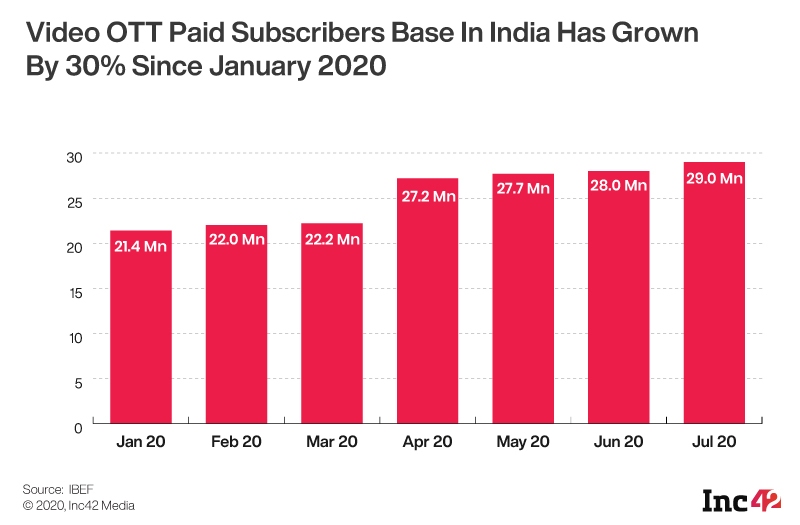
India is also a huge market for many international players. Disney+ Hotstar was launched in India in March this year, and according to a study by consultancy firm Media Partners Asia, it could become the second-highest revenue-earning video platform in India by 2025, behind only YouTube. Disney+ Hotstar’s revenue will grow from an annual $216 Mn last year to $902 Mn by 2025 and that is despite forecast contraction to $175 Mn in 2020, due to the impact of the coronavirus pandemic, says the report.
“OTT is the only media segment not regulated as opposed to other major media platforms like Print, TV, Radio, and Films. The pandemic has led to a surge in viewership and subscriptions as new tv-series and movies are being launched on these platforms, though the quality, creativity, and freedom of speech is driven by the lack of censorship,” added Blacksoil’s Bansal.
As per data collected in January 2020, India’s media and entertainment industry is expected to reach a market size of around INR 307K Cr ($43.93 Bn) by 2024. Within that, the online media platforms grew at a CAGR 13.3% in FY19 to reach INR 163K Cr ($23.34 Bn), contributing majorly to the growth of the media and entertainment industry in India.
Many in this sector have feared the creeping arm of censorship, especially because there were so many public controversies around OTT content. Were they ready for it though?
“Anything to do with the media would see some amount of regulation. It was never a question of if you get a regulation, it was the question of when. With the onset of Covid and shutting of theatres and thereby the rise of OTTs, especially of foreign and homegrown, the writing was on the wall when it comes to this matter and various government bodies have been pushing the OTT platforms to come up a self-regulatory authority and with the changes in the digital media FDI as well,I think this basically is the last set of regulations that was imminent. This is not new and none of the investors harboured dreams of OTT platforms having unregulated content,” said Siddarth Pai, founding partner, 3one4 Capital.
The early and growth-stage VC firm has invested in media startups such as Kuku FM, Pocket Aces and others. VC-backed companies in the space do have the best moderation practices for a long time and Paid believes this would continue.
Many VCs feel there won’t be any immediate de-growth due to this. “We will have to wait and watch if there is any medium-term impact. Also, since most of these platforms are global content creators; don’t think the overall business model can be tweaked due to censorship in one country,” said Rohit Krishna, general partner, WEH Ventures, which has invested in Pratilipi, an online self-publishing platform and Trell, a mobile-first blogging platform.
On the creator side of things, there have not been too many public statements about this change in life for OTT players. Seeking traction, OTT platforms had increasingly enmeshed themselves into the Indian creator ecosystem with the regional language entertainment industry also pitching in significantly. For a lot of independent and alternative voices in the entertainment industry, any form of censorship on OTT could mean severely compromising on artistic integrity. In a world, where names and empires are built on artistic signatures and integrity, this could be a crippling blow.
However, there’s also a feeling that this was needed to a certain extent. Writer, director and actor Sohaila Kapur told us that freedom of expression is a fundamental right but it goes with self-censorship. Kapur has worked in over 20 television shows, including ones made by the likes of Chetan Anand, Shyam Benegal and M.S. Sathyu.
“It is crucial to safeguard creativity on any platform. Vilification of the other, sexual, physical and verbal violence has multiplied on OTT. We have become too literal in order to gratify our basest senses. We seem to have forgotten that subtlety and suggestion which can be far more powerful as they stimulate the imagination of the viewer are being overlooked. I think this act will remedy that. But the government has to be careful that it is not overstepping its mandate. We need a powerful lobby of creative people to keep a check on that,” she told us.
Why OTT Should Be Looked At Differently To Keep The Sector Booming
OTT platforms cater to the individual viewing experience as opposed to traditional television content which is focused on family viewership. For this reason, OTT platforms are inclined to produce and showcase content that is often overlooked and/or censored by traditional mediums such as television.
“In fact, the most significant reason for the growth of these platforms can be arguably attributed to the quality of their content. The new regulations might require OTT platforms to seek certification and approval from relevant government authorities. This could have a great impact on the content that is available on OTT platforms and the content that creators would want to produce in the future,” added BlackSoil’s Bansal.
The lack of public exhibition of content is rather a pull factor for OTT wherein the consumer decides what content they want to watch, when, and after paying a transaction value for the same. “Thus, the impact risk may be at variance from that of motion pictures that were available in theatres for public exhibition. In any event, it is imperative that the industry is allowed to flourish and grow in a uniform, non–discriminatory and non–discretionary manner,” added Sajai Singh, partner at law firm J Sagar Associates.
And, most of these platforms have ratings already in place. For instance, each TV show and movie on Netflix is assigned a maturity rating to help members make informed choices for themselves and their children. Maturity ratings are either determined by Netflix or by a local standards organization.
“The I&B ministry will need to consider the two absolutely different modes of content consumption (offline and online). While theatre exhibition and television consumption give the audience little control (the ‘push’ factor) on the content offered to them; digital platforms provide the audience all the control (the ‘pull’ factor) in choosing content and the timing and mode (at one go or piecemeal) of consumption,” added Singh.
India’s OTT Players Stuck In Certification Raj?
The central government’s move may also mean that the platforms have to apply for certifications every time they create new content and experts fear this could cause a delay in the same.
“Now with this move, curated content on OTT platforms will also warrant a level of certification, censorship and care that other avenues for content consumption attract. If self-censorship under the Self-Regulatory Code is unacceptable to the I&B ministry, then our hope is that the I&B ministry will also consider the recommendations made by the expert committee, chaired by Mr. Shyam Benegal, while trying to formulating guidelines and procedure for certification of content on OTT platforms,” added Singh.
Digital content was so far not subject to censorship certification applicable to films and television programmes. Besides the Universal Self-Regulation Code for OCCPs, platforms have enjoyed ample creative freedom, one of the reasons it saw growth even before the pandemic. Naturally, many like Bansal and Singh and even companies fear that the red tape of getting it cleared from censorship boards may also create a bottleneck, given the sheer volume of content that is needed to sustain OTT businesses.
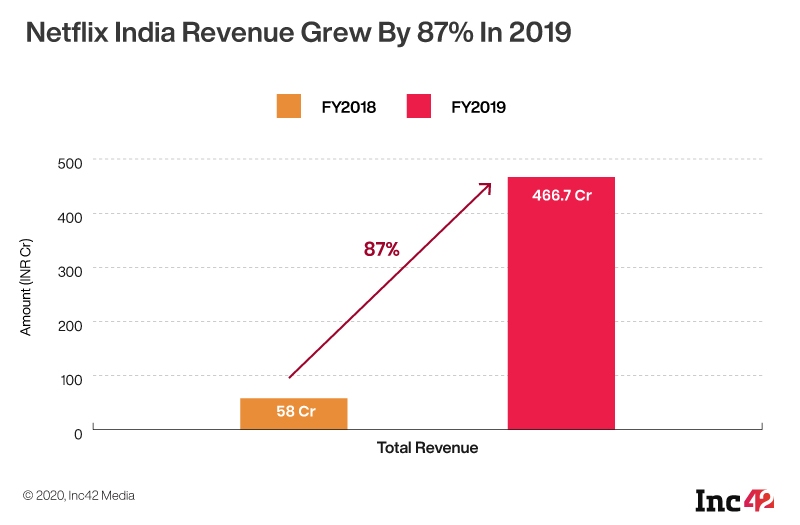
As per legal experts, censorship of films in India is undertaken by the Central Board of Film Certification (CBFC) set up under the Cinematographic Act, 1952 (Act). The Act along with the Cinematographic (Certification) Rules, 1983 and the Central Government’s guidelines dated December 6, 1991, issued pursuant to Section 5B of the Act (Censorship Laws), set out the manner in which films are to be certified for exhibition in India. On the other hand, television networks, television broadcasters and related matters are governed by the Cable Television Networks (Regulation) Act, 1995 and Cable Television Networks Rules, 1994, which among other things, restrict transmission through a cable service, of any programme that is not in conformity with the programme code, and of any advertisement that is not in conformity with the advertising code set out in the Cable Television Networks Rules, 1994.
It is still unclear as to which category OTT platforms will fall into and the nitty gritties involved. However, experts feel the codes need to look at this sector differently. “There would need to be a programme code and an advertising code similar as set out under the Cable Television Networks Rules, 1994. These codes will need to recognise the uniqueness of the medium and the self-regulation efforts put in place by OTT platforms to date. The efforts already put in by the Internet & Mobile Association of India (IAMAI) may be used or adapted by the I&B ministry, to effectively bring about oversight,” said J Sagar Associate’s Singh.
The industry would hope that the right leeway is given to OTT platforms so they can operate with a degree of freedom and not be limited in their choice of content. “OTT platforms have been known for creating relevant content quickly. The censorship should not slow down the production,” said WEH Ventures’ Krishna.
Double Whammy For Digital Media?
According to a Comscore report, visits to websites and mobile apps in the “General News” category increased by 61% in the week of March 16-22 this year, compared to February 10-16, 2020 and by 50% compared to the week before. However, now the platforms have two challenges in front of them. In October 2020, the government issued a clarification on its September 2019 policy that allowed up to 26% foreign direct investment (FDI) in the ‘news digital media sector’ through the approval route saying this also covers aggregators.
“We believe that online media and journalism is vital to our democracy and present innovative models through which specialised services focussing through models of subscriptions or news-letters provide incredible value to end-users. Furthermore, even the type of content which may be investigative, or specialised focussing on topical subjects like technology and startups are serving real value and need,” said Internet Freedom Foundation in a statement.
While many questions are still being raised by experts on what happens to TV channels with 49% FDI that have online versions with streaming and whether FDI regulations will apply to those uploading content on YouTube or Facebook. The latest move to bring digital news platforms under the purview of I&B ministry may have come as another blow.
The government should be sensitive of the fact that any regulation that is under consideration for a positive cause should not be intrusive to or controlling the creative expression part of any content if the content is already following the general guidelines set by the government in the larger public interest, noted Dushyantt Kohli, COO of early-stage audio content startup Khabri.
If Not Self-Regulation, What Works For OTT?
“The key learning from the regulation of new media in the west is that there is a definite need of drafting a separate regulatory framework for new media considering the fundamental difference in content delivery mechanism of digital content along with the social, ethical, legal and economic impact it has on the society/nation at large,” added Kohli.
Imposing undue limitations on content creators and freedom of content messaging will impact the viewership undoubtedly. While the sector is different from other media, can we replicate what has worked in other countries? J Sagar Associates’ Sajai Singh shares with us the regulations in other countries as shown below.
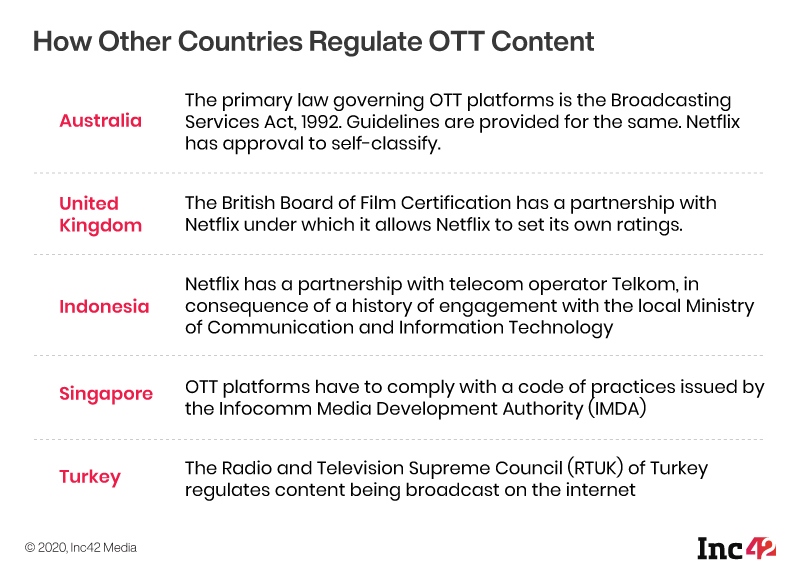
“All we need is a framework for age classification and content descriptions for titles as well as access control tools and an efficient grievance redressal system instant of monitoring everyone’s viewing activities that they choose to pay for and are not publicly broadcasted,” said SFLC’s Mishi Choudhary.
3one4 Capital’s Pai, in fact, feels that there is an advantage in this move, in the sense that it closes the ambiguity that existed for quite some time in this matter. “Similar to how we saw with fintech, once regulations came in, the amount of money that came into fintech actually increased. That’s a good blueprint. The important part is to ensure as long as regulations come from players themselves and it is accepted by the ministry of I&B it won’t be a major hindrance for the content. that’s the hope that investors have.”








